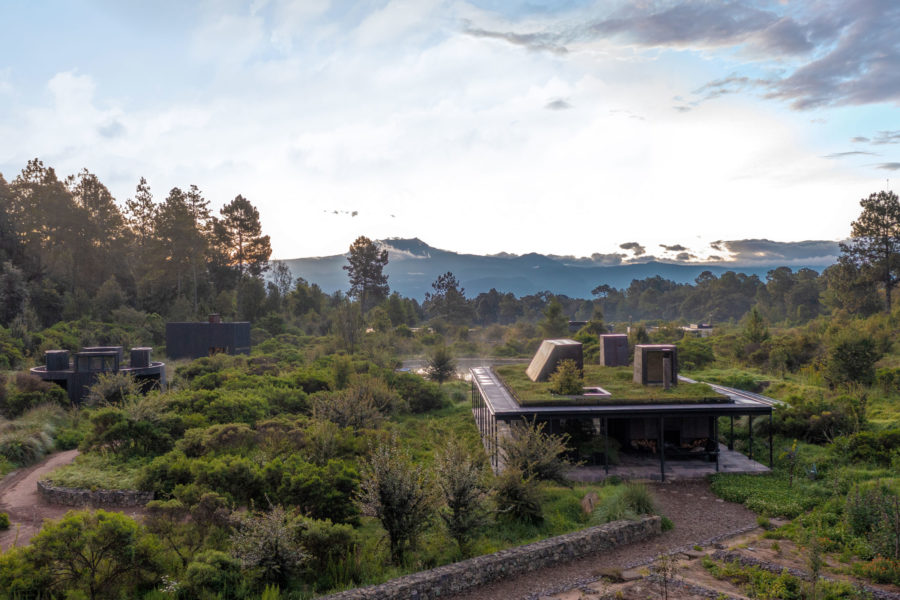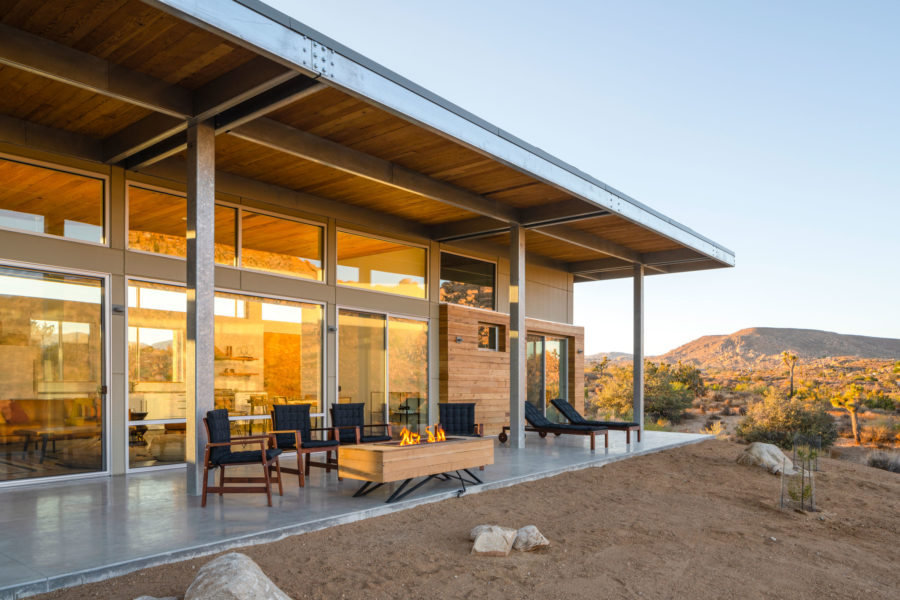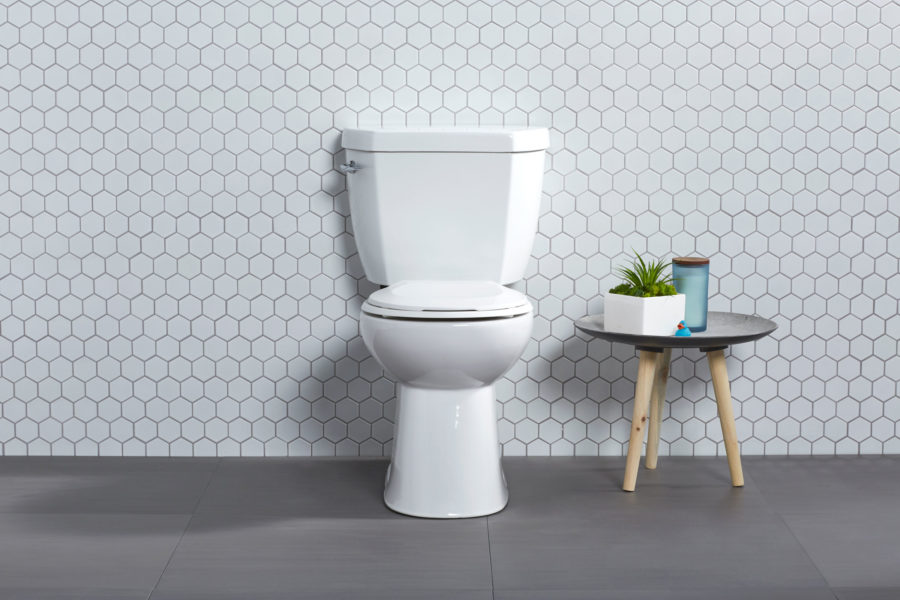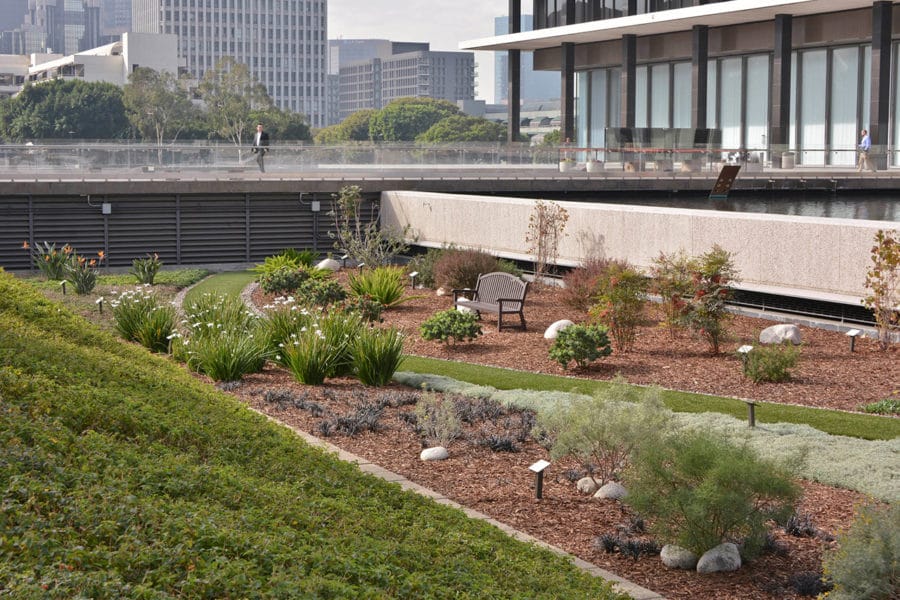Story at a glance:
- In a world of growing freshwater scarcity, embodied and direct water conservation in the building sector is crucial to maintaining earth’s continued habitability.
- Green builders and designers need to include all water uses when drawing up a water conservation plan for a structure.
- Using a concrete alternative, installing compostable toilets, and practicing onsite water treatment are ways architects and engineers can conserve water.
The building sector is responsible for roughly 15% of global water consumption. This statistic may not seem to reflect a heavy water footprint. However, when experts predict demand for freshwater will exceed supply by 40% in 2030, water conservation in the building industry is crucial.
Fortunately sustainable water use made possible through numerous water conservation measures can significantly decrease the sector’s water consumption.
Let’s consider some of the ways green builders and designers can practice water conservation.
Why is Water Conservation Important?
Water conservation is important today to ensure future generations have adequate freshwater supplies when they need it. The urgency to conserve water is greater during prolonged droughts caused by the climate crisis. Although only 6% of the contiguous US is experiencing severe to extreme drought due to high rainfall in early 2024, according to the National Centers for Environmental Information, snowpack levels are considerably lower than normal in many Western states due to a mild winter.
The result will be less groundwater recharge over time.
It’s also true that extended heat waves often lead to drought, and many US regions are encountering prolonged hot spells even before summer officially begins.
Excessive pumping of groundwater, primarily for agriculture, is also connected to extreme weather events. Depleted aquifers across the US and seawater intrusion into groundwater due to sea level rise and major storms are growing problems that demand greater water conservation by everyone.
Embodied Water vs Direct Water Consumption
Analogous to the notion of embodied carbon, embodied water is the water used to grow and extract raw materials, as well as manufacture and transport products made of those raw materials, plus water used during construction. Life cycle assessments of buildings show that 38% of their water consumption is embodied. Almost all of it (92%) relates to materials production.
The traditional method of producing concrete uses the largest fraction of embodied water—9% of global industrial water consumption. Using a percentage of cement alternatives—such as hemp—when preparing concrete is one way to not only lower a building’s embodied water but also practice water conservation.
Operational uses of water by a building’s residents are direct uses of water. In the remaining sections of this article we consider direct water conservation.
Tips for Conserving Water During Construction

The Rain Harvest Home project is made up of three buildings that each collect rainwater to integrate with an above- and below-ground reservoir system. Photo by Jaime Navarro
There’s so much more you can do as a builder or designer on worksites to conserve water. After educating all employees on how to be water smart, follow through with regular checks on compliance. Here are some tips.
● Attach automatic shut-off nozzles on all hoses.
● Collect rainwater in covered tanks to reduce evaporation.
● Use brooms rather than hoses to clean surfaces.
● Clean tools in a bucket of water instead of in running water.
● Employ natural drainage swales rather than pipes.
How to Help End Users Conserve Water

Designed by Jeremy Levine, the Cowboy Modern Desert Eco-Retreat aims to conserve water wherever possible—especially when it comes to landscaping. Native drought tolerant plant species were chosen for their hardiness and low water requirements, as well as to minimize the building’s impact on the existing site. Photo courtesy of Lance Gerber.
There are innumerable ways to conserve water in design and construction. Here’s a short list of the most effective strategies.
● Install low-flow showerheads and toilets in all bathrooms.
● Choose dual flush toilets.
● Consider compostable toilets or waterless urinals.
● Put in flow restrictors in all sinks and showers.
● Set low flow rates and maximum fluctuation levels for all spigots.
● Install only WaterSense products.
● Recycle gray water onsite for laundry and garden. If it’s not possible, arrange plumbing adaptable to eventual gray water recycling.
● Divert harvested rainwater from rooftops into underground cisterns to flush toilets.
● Direct rainwater from parking lots into holding ponds for irrigation.
● Slope surfaces downward away from buildings to funnel rainwater to gardens.
● Xeriscape with drought-tolerant native plants.
LEED V4 Certification & Total Building Use Water Efficiency

Photo courtesy of Niagara
LEED V4 goes beyond the water-efficient fixtures and fittings of previous LEED iterations with its category titled Total Building Water Use for New Building Construction and Design. Now architects and engineers are tasked with analyzing the entire life cycle of water in a building to earn LEED points. They must consider all “processes, cooling towers, outdoor water, rainwater management, and ongoing building metering requirements,” Macy Muzljakovich, marketing manager at Niagara, previously told gb&d.
You can learn more about how to build with water conservation in mind in the continuing education course The Benefits of Implementing Water Conservation Standards by Building Beyond Code, offered by Niagara.
An Inspiring Example of Water Conservation

Photo courtesy of LADWP
As the largest municipal utility in the US, the Los Angeles Department of Water and Power (LADWP) takes a multi-pronged approach in keeping the taps running for its over four million residents. Rather than importing water from the distant and over-used Colorado River, LADWP is looking at water sources within city limits and remediating contaminated groundwater for reuse, including from a superfund site.
Capturing, cleaning, and recycling wastewater and stormwater are also critical strategies for achieving water independence. “Our generation is looking internally to make ourselves more self-reliant, less susceptible to climate variation, and more resilient in the face of earthquakes and other disasters,” Marty Adams, chief operating officer at LADWP, previously told gb&d.
A Net-Zero Water Treatment System for Buildings
A small dormitory at Florida’s University of Miami served as the test site for a new wastewater treatment technology developed by BioMicrobics. Using less energy than a more traditional membrane treatment, the innovative technology incorporates onsite biological, iron-mediated aeration, and vacuum ultrafiltration. Except for drinking water, all other water is recycled or from a rainwater collection cistern that is also treated.
Onsite treatment uses four times less energy compared to traditional methods of moving water from treatment plants to end users and back to wastewater treatment, according to states James Englehardt, the principal investigator of the UM project.




